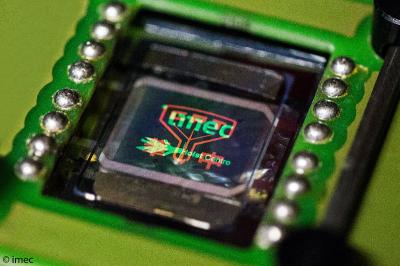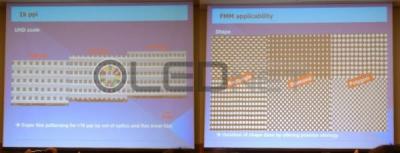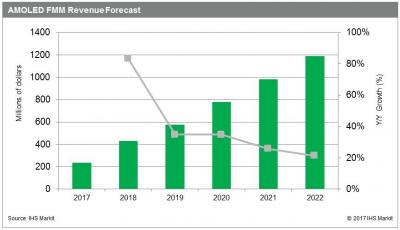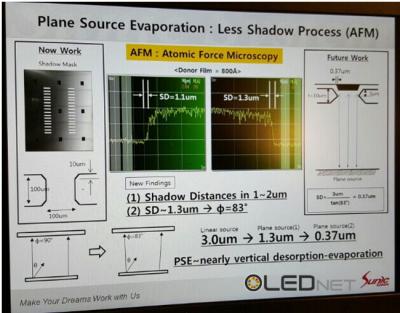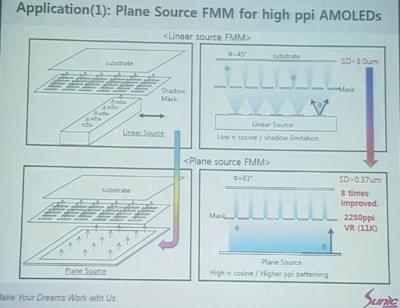V-Technology to start producing next-generation OLED fine metal masks, acquires OLED lighting maker Lumiotec
V-Technology announced that it is establishing a new organic electronics subsidiary that will develop a next-generation OLED deposition technology that V-Technology refers to as fine hybrid mask (FHM). Total investment in this new company is estimated at 5 billion Yen ($46 million USD) for the next 2-3 years. The facility is scheduled to be completed in August 2018 and V-Technology will start shipping mask samples in October 2018.
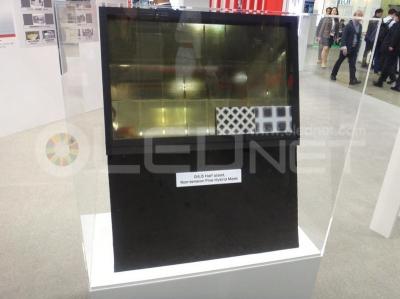
V-Technology's FHM is based on an electroforming method and the masks have a non-tension structure. V-Technology says that the total mask weight will be one tenth of current regular FMM masks, which will lower bending dramatically. V-Technology's already demonstrated an FHM that achieves 738 PPI.


